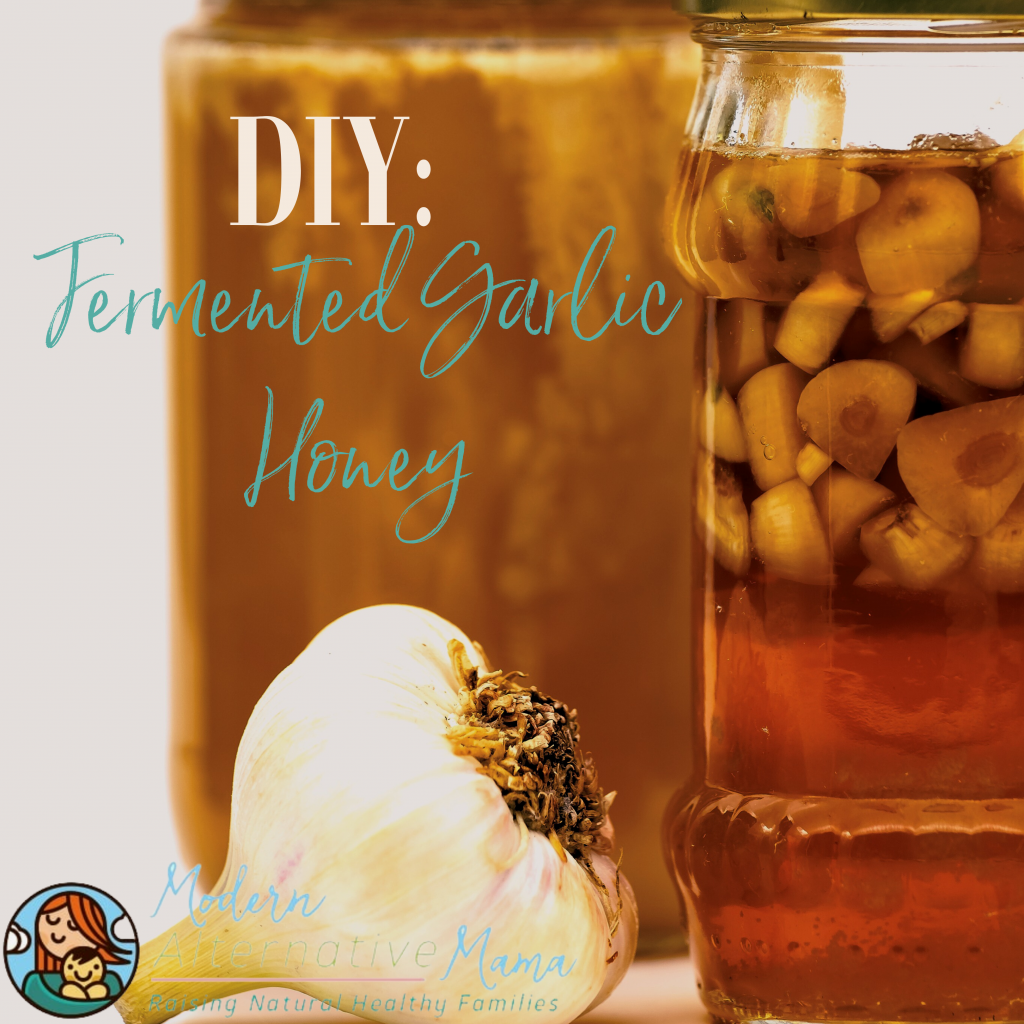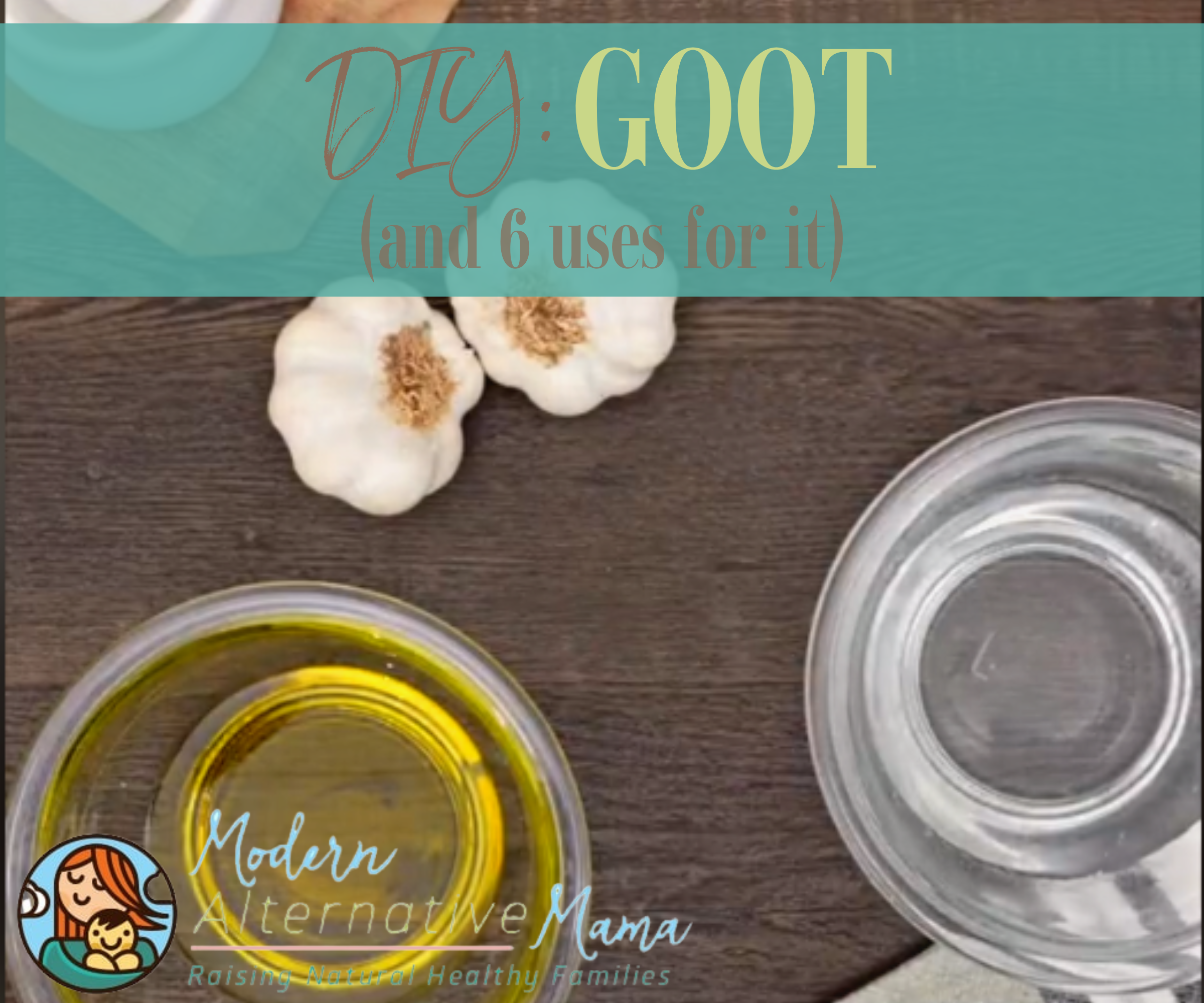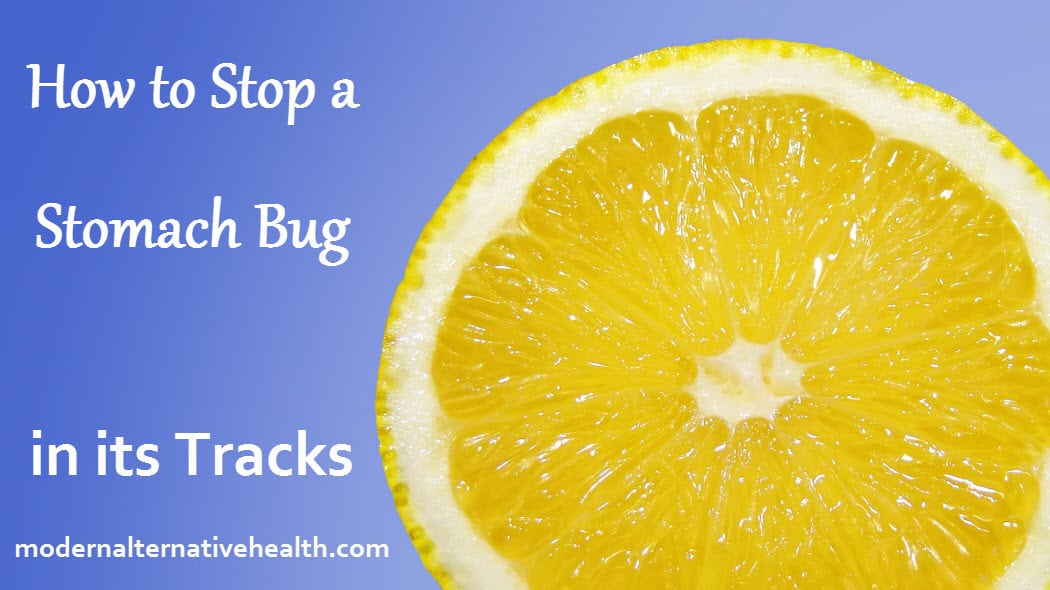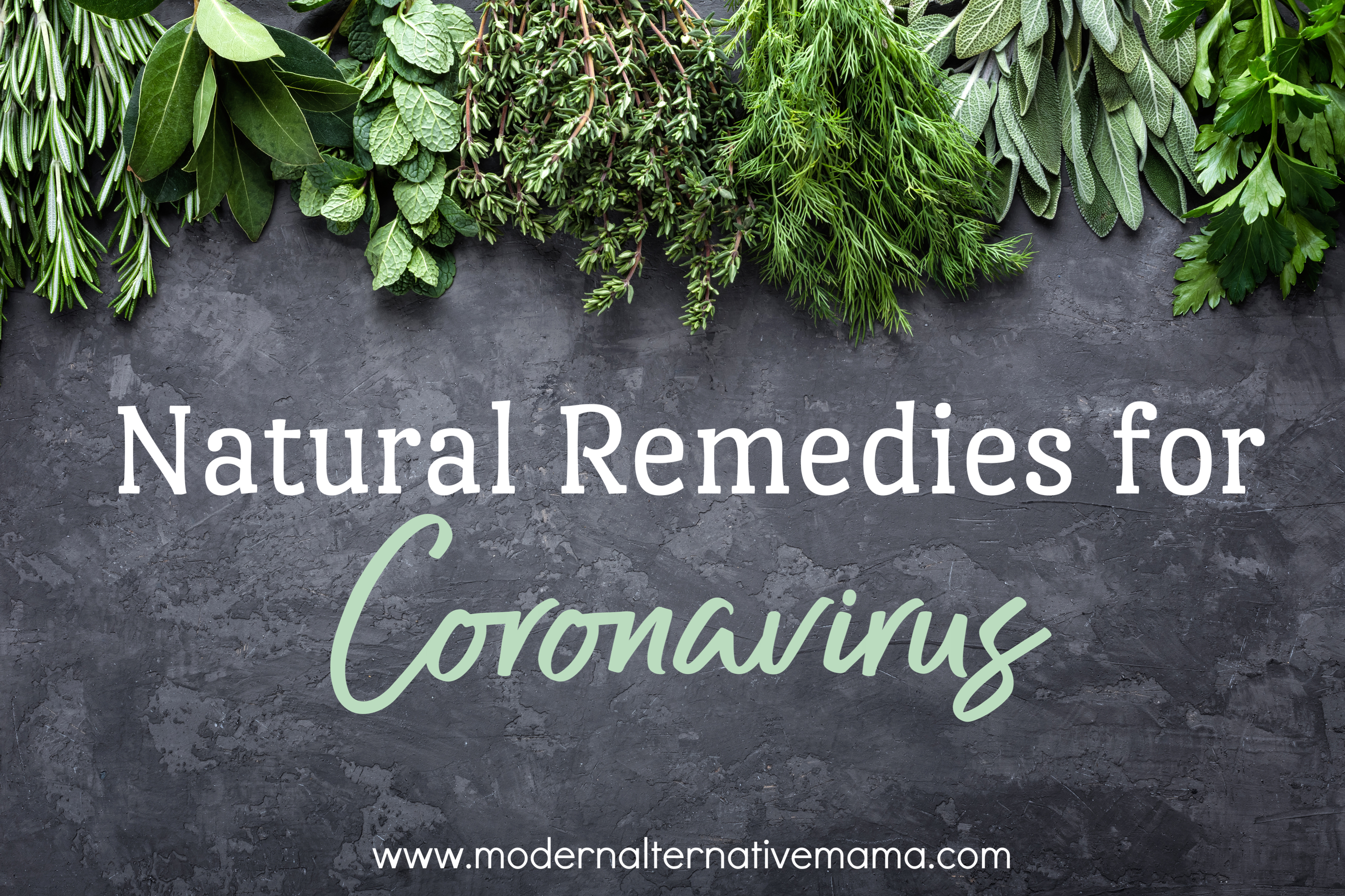Written by Rustina
As much as I love fall, the illnesses that start coming around take much of the fun out of life. Using healthy foods to keep our immune systems top-notch has greatly helped me and my family.
One of our favorites is fermented garlic honey. It is simple but effective.
Ingredient Benefits
If you read our garlic herbal profile, you know it has long been used for its strong antibacterial effects. It is antifungal, providing support against Candida, Trichophyton, and many more to help the balance between “good” and “bad” bacteria in the microbiome (1). Garlic is a strong antioxidant, anti-inflammatory, and immune modulator to help against infections. It also has a diuretic effect to help encourage healthy urine elimination to support good detoxing (2).
Garlic can benefit more than the immune system; it is known to help improve blood pressure, cardiovascular health, and cholesterol. Several studies have shown garlic to be useful against viruses like influenza, herpes simplex, rhinovirus, rotavirus, and viral pneumonia (3).
If you read our raw honey herbal profile, Honey is known for its immunomodulatory properties (ability to activate or suppress the immune system) (4), antioxidant, anti-inflammatory (5), antibacterial properties (6), relief from the symptoms of upper respiratory tract infections (7), and allergic rhinitis (inflammation in the nose from allergens) (8).
Buying from a local raw honey dealer will be the best option. The store-bought options are often over-processed, losing some of their benefits. Some store options are even more corn syrup than honey! Always read the label and know your source.
When garlic is fermented in the honey, it strengthens the properties of both and is more bioavailable.
Fermented Garlic Honey
Ingredients:
- 2-3 heads of garlic
- 1 cup of honey (or as needed to cover the garlic cloves)
Optional additions:
- Lemon juice (one teaspoon)
- Chopped ginger (about half as much as you have garlic) — check out our ginger herbal profile
- Chopped turmeric (4 – 6″ of the root) — check out our turmeric herbal profile
Directions:
Step 1: Separate and peel the garlic cloves. I recommend chopping, piercing, or even crushing the gloves as it helps sink the garlic in the honey. If you leave them unaltered, you will need fermentation weights (or you could boil a rock or something) to keep the garlic under the honey).
Step 2: In a clean jar add the garlic and any additions.
Step 3: Pour the honey over all contents until completely covered, and roll the jar to ensure the honey touches everything.
Step 4: Place the lid on the jar and put it in a cabinet away from heat sources like appliances, windows, and heating vents.
Step 5: Flip and burp the fermentation every day. To burp, simply open the jar and release the built-up gasses (you’ll know by the hissing sound it makes). After burping, flip the jar from standing to upside down (I place it upside down over a napkin or paper towel in case it leaks). This will ensure the garlic remains under the honey (if you’re using fermentation weights, you can skip flipping the jar).
The fermentation is complete when the garlic honey is no longer releasing gas. In my experience, this is usually about two weeks into burping and flipping the container. Some say to let it sit for at least another two weeks after the fermentation, but if illness hits, I say go for it.
Usage and Storage: Store in a cool, dark cabinet. Refrigeration is not necessary. When exposed or experiencing illness, consume one or two cloves! You can even use the honey for cooking, just keep in mind, it’s new flavor.
Some people have worries about botulism. According to the US Department of Agriculture, mixtures of garlic oil stored at room temperature are at risk of developing botulism. Since there is no oil in this recipe, it’s likely not a concern, but if you’re worried, you could store it in the refrigerator for up to seven days or in the freezer for several months.








Hi! How much garlic would you recommend for a quart Mason jar of this? 1/3 full, 1/2 full? Not sure about this but super eager to make it. I have tons of raw honey on hand.
For a quart sized jar, about 3/4 full or roughly 3 cups worth of garlic cloves. I hope you enjoy them!
For the turmeric- slice some up from fresh and add to the jar?
Fresh will pack the most punch, but dried and powdered turmeric still has many great benefits as well!
How much of turmeric is ok to use for 16 oz jar of honey?
Thank you so much for this great question. How much turmeric to add would depend on what type of turmeric you’re using. If you’re using fresh, maybe 4 – 6″ of the root, but if you’re using dried powder, maybe 2-3 tablespoons. I hope this helps. 🙂
How long is it good for after fermenting?
That will vary depending on heat exposure, light exposure, moisture exposure, and bacterial exposure when the lid is off, but it should develop a different odor when it starts to go bad. I have had jars last up to a year in a cabinet (without going bad at all — just finished eating it all).
This stays Out of the fridge, right?
Yes 🙂 In a cabinet away from heat sources like appliances, windows, and heating vents.
What are the storage requirements, refrigerate, countertop, cool dark cabinet?
Cool, dark cabinet 🙂
I stored mine in the refrigerator and just realized maybe I wasn’t suppose to do that. Where do you store yours? Did I ruin mine if it was in the fridge? Also, am I suppose to pierce the garlic gloves at all? Or does it not matter?
I store mine in a cabinet. It doesn’t need to be refrigerated (or stay refrigerated), but it isn’t ruined at all! The deep cold will slow the fermenting process and bacterial growth (even the good stuff), but only slowed it — it still lives and can be thriving quickly 🙂 I would pull it out of the fridge, set it on a towel to absorb the excess moisture (especially around the lid). When the condensation stops, put it in a cabinet away from heat sources like appliances, windows, and heating vents.
Some people like to crush or pierce their cloves, but that can speed up some break down from what I read, altering the fermenting very minorly. I don’t recall the specifics, but I concluded with leaving mine whole.
So when would it reach “ready” or a good fermentation? 6 weeks??
Any time after 4 weeks it should have a nice strong fermentation.
The garlic is turning green/moldy in my fermented honey garlic is it safe to use?
Hello! Is it turning a bright green in color only or is it hairy and moldy? Sometimes, the garlic cloves can take on a greenish color. However, it should not be hairy or furry like mold. If it is mold, throw it out.
I read a comment from someone who said the honey could cause botulism if not stored correctly, or doesn’t darken in color. How would you know if your honey garlic can make you sick?
Hi Kathie, the color of the honey can vary. I would go by the smell (if it is sour, rotten, or rancid smelling vs the normal garlicy and fermenting pungent but still slightly sweet smell), signs of mold on the surface (white, green, or black), if the taste changes considerably from one try to the next, weird texture (honey should stay smooth and liquid, garlic cloves should stay in the same basic form they were placed in the jar just a lot softer and slightly “soaked” looking but not slimy, mushy, pieces), and if the jar lid to start bulge or swell (that would indicate more than normal gas output and has probably turned bad).
I do not have any fermentation weights. My garlic keeps rising to the top. Is it ik to continue to ferment without weight?
Thank you so much for this great question, Tasha. You could boil a rock or something and use it to keep the garlic under the honey. There’s a small risk of contamination and illness (botulism, I’ve heard) from using this, and garlic not being covered by the honey would increase the risk. Another option could be to pierce the garlic cloves with a fork, making them sink in the honey. I hope this helps. :slightly_smiling_face:
Can I add more garlic to it once I deplete the original garlic?
Thank you so much for this great question, Becca. To my understanding, it’s best to start fresh due. If you add new cloves the new bacteria introduced may not get along with the previous, mature culture. I’d recommend staying on the safe side and starting a fresh batch.
Do you have to burp it frequently until it is all gone? I travel and wonder what to do with it while away. I don’t want anything to explode!!!!
Thank you so much for this wonderful question, Amy. Yes, fermented garlic honey should be burped daily until it is no longer releasing gas (in my experience it’s usually done after about two weeks). I am sorry we missed this step in the directiuons and will be sure to get this updated as soon as possible. 🙂
Awesome thank you!!! I can travel with ease….
You’re so very welcome. Wishing you safe travels. 🙂